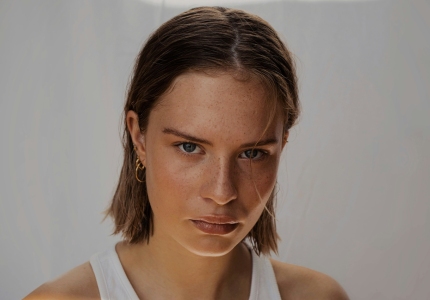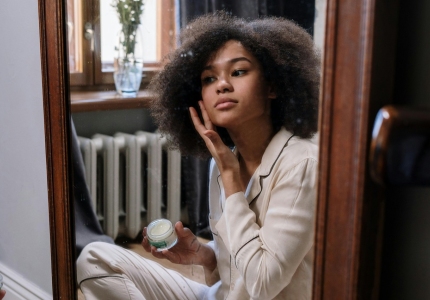The syllabic abbreviation TriBeCa stands for The Triangle Below Canal Street, located in Lower Manhattan, New York. Coined in the beginning of the 70s, the area bounded by Canal and Broadway, Church and Lispenard Streets appears to form a triangle on the city’s planning maps. Tribeca also stands for its annual film festival, for surviving the aftermath of September 11, historical buildings, industrial development, delicious dining and great shopping opportunities.
Tribeca; from industrial district to the trendiest spot
When New York was still New Amsterdam, the area known as Tribeca was originally Dutch farmland, which rapidly grew from being a residential area to a booming industrial hub during the 19th century. Tribeca today is a charming, cobblestoned area filled with trendy restaurants and boutiques within its magnificent industrial buildings. Most of these buildings have been transformed into luxurious residential loft spaces, making Tribeca one of the most desirable and expensive neighborhoods to live in New York City.
What to see and do
With a name like Tribeca, you can be sure that this Lower Manhattan area is packed with things to see and do. Whether walking through the streets and admiring the industrial buildings or finding boutique stores, Tribeca has no shortage of unforgettable experiences within its historical walls.
-
Stroll through Duane Park
Located in the heart of Tribeca, Duane Park was purchased in 1797 by the City of New York from Trinity Church for $5. Surrounded by 19th century commercial buildings, this tiny, triangular park was planted over the remains of an old Dutch farm, making it the second-oldest public park in New York. Its beautiful spring bulbs enchant all who visit and it has also become a popular location for film and television.
-
Enjoy the TriBeCa Film Festival
The annual Tribeca Film Festival (TFF) is a respected film festival that showcases independent films from around the world. Founded in 2002 by Robert De Niro, Craig Hatkoff and Jane Rosenthal, the TFF emerged as a response to the World Trade Center attacks on September 11. It has been held every spring in the neighborhood of Tribeca and has grown to become a renowned platform for independent filmmakers of all genres to expose their projects to a wide audience. TFF’s program ranges from a diverse selection of independent films to panel discussions with prominent personalities in the entertainment industry. The TFF has not only increased Tribeca’s vitality and exposure, but has also attracted artists, celebrities and entrepreneurs from around the world.
-
Visit the Harrison Street houses
Time-travel does not always require a time machine. Harrison Street is the home of curiously small Federal-style townhouses that were built between 1790 and 1820. At the beginning of the 70s, these houses were bestowed designation by the Landmarks Preservation Commission. Three of these houses (327, 329 and 331) were pulled out from their original location on Washington Street and towed with a truck to their current place. Although the main levels of these buildings are now commercial businesses and establishments, all houses were completely restored to showcase their original Federal fronts.
-
Pamper yourself with a unique moment in AIRE Ancient Baths New York
Tucked inside one of Tribeca’s historical textile buildings, you can find the otherworldly experience of AIRE Ancient Bath: a luxurious journey designed after Greek, Roman and Ottoman traditions. AIRE has distinguished itself around the world in designing unique atmospheres for balancing body and mind through sensorial experiences at varying water temperatures. Treat yourself and your loved one to a blissful experience of relaxation and restoration.
-
Eat in a delicious restaurant in the neighborhood
If your budget allows, Tribeca is full of decadent options for satisfying your appetite. For sophisticated American cuisine, try Holy Ground and Gotan, with interesting interiors and superb food. Make sure to stop by The Odeon, a retro-style cafeteria that was the beacon of New York nightlife in the 1980s. If you’re in the mood for more international tastes, Frenchette is the perfect, eclectic mix of a French brasserie and American dining.



